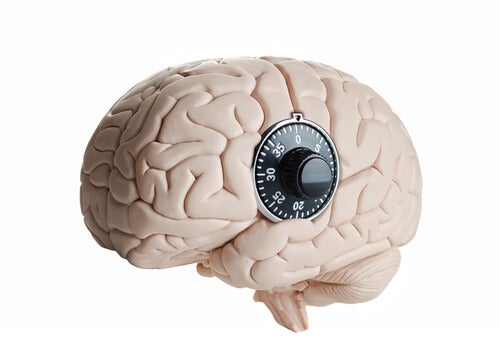ONAC is the acronym used for obsessive-compulsive disorder. ODO is a mental disorder characterized by the presence of obsessions, compulsions or both.
Obsessions are unwanted and involuntary thoughts, impulses or images that invade consciousness causing anxiety or discomfort and forcing the individual to perform rituals or compulsions that are physical or mental behaviors in response to obsessions, with the intention of driving away threats, preventing possible failures or simply relieving a physical symptom.
- In the OOP.
- People also try to avoid contact with certain places (hospitals.
- Cemeteries).
- Objects that other people touch (money.
- Pay phone.
- Doorknobs) or even people to alleviate their fears and concerns.
Symptoms must have existed for some time and endangered the daily life of the individual, affecting personal, professional and social life.
The disease almost always has small symptoms in childhood and develops in adolescence. Treatment is prolonged and is done with prescribed medication and accompanied by a psychiatrist, as well as psychotherapy. There is much speculation about the diagnosis of ODO and therefore we must understand that not all manias characterize a condition of the disorder.
Many adults are uncomfortable with twisted images on the wall, they should have already avoided walking at seams between floors on sidewalks or like to fix their shirts following degraded colors. to see if they’ve even closed the door or window before falling asleep.
These are examples of programming and verification behaviors that, while characteristic of people with ODO, isolated and without compromising the individual’s life, do not report the disorder per se. Another example is cleaning rituals.
There are those who need to bathe immediately after arriving from the cemetery or hospital, there are those who are cleaned with alcohol every time they shop at the market and there are those who cannot sleep without the dishes in the sink being completely washed, isolated symptom. that doesn’t mean you have ODO; You have to take cultural issues into account, you can simply reproduce a learned behavior or you can be a slave to a habit, forgetting to exercise your freedom, realizing that one day or another we can change the rules.
If you count cars while traveling as a passenger, or add license plate numbers, your brain may even behave obsessively, but if it doesn’t catch you, that is, if you can stop, it means you haven’t crossed the limit of them. call it normal.
Some people report creating associations of events or rituals by imagining that if they don’t do something wrong, it will happen, or they make associations for something good to happen. An example is: “If I see an X car it’s a sign that such something is going to happen. “We call these thoughts superstitions and they are very characteristic of those who have obsessive-compulsive disorder, but also very common in those who do not. Superstitions are transmitted from generation to generation without being questioned, and often created by ourselves as a form of “pseudoprotection”.
What I want to make clear is that a symptom does not close a diagnosis, just as some people have more depressive or anxious behaviors, others have obsessive behaviors, characteristics that may not disturb or interfere with life and routine, from which you can easily free yourself.
An important tip that is part of ocd treatment and can also help many people who have only a few of the behaviors described above is to try to break the pattern.
Do the exact opposite of the usual. When you return home, store your purchases without the alcohol cloth. Return from the hospital and bathe a few hours later. Get rid of the books and keep your clothes to chance. ?Forget that things are not in place and interrupt the accounts, every time we exercise or force our brains to behave differently, we ask for more than usual and train new skills, try to break all the rituals that can often be performed without you noticing.
For parents and educators, great attention to children too concerned about symmetry, sequence and cleanliness. As I have already warned, OCA begins in childhood and reaches its symptomatic peak in adolescence. The disease is curable, I myself have seen many patients who got rid of the rituals and freed themselves from suffering. The sooner the disease is diagnosed and treated, the better the results.

